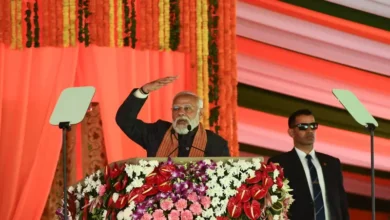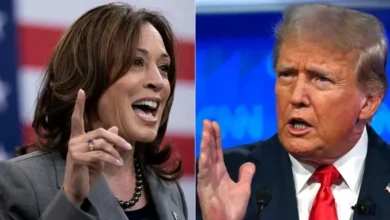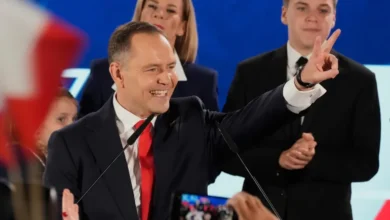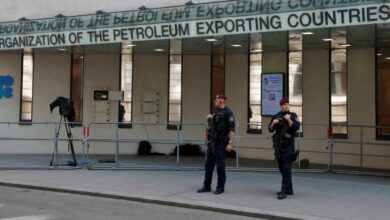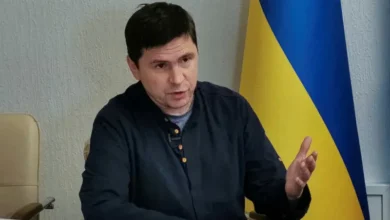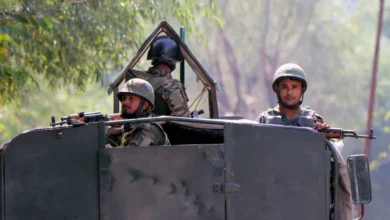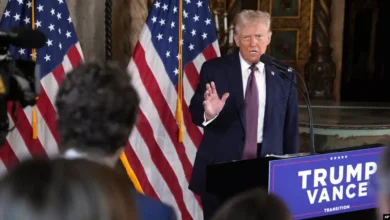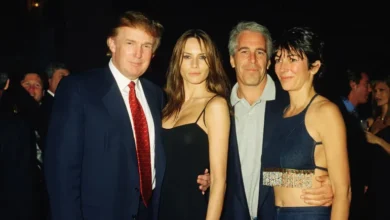Vance visit: What’s at stake for India-US trade amid Trump tariff threat?
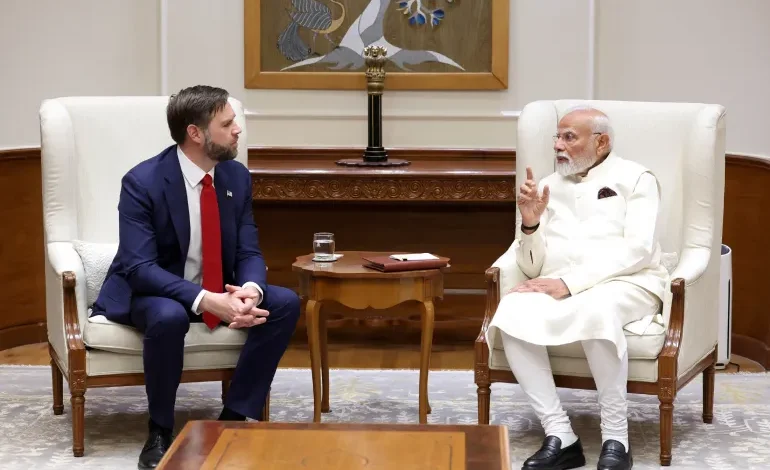
The optics were warm: As United States Vice President JD Vance and his family visited Narendra Modi on Monday evening, the Indian prime minister showed them around his residence and gave each of the American leader’s three children a peacock feather.
But behind the smiles and hugs hovered the shadow of US President Donald Trump’s threat to impose major tariffs on Indian goods as a part of the trade war he has unleashed on the world since returning to office in January.Vance’s four-day tour, which began on Monday, comes as the Modi government desperately tries to duck US tariffs. These “reciprocal” tariffs – including a 26 percent levy on Indian exports to the US – are currently on pause for 90 days, until July 8, for all countries except China. India, like all other countries, however, is currently being tariffed at 10 percent.
The US is India’s largest trading partner and the biggest buyer of its exports. Officials from the two countries have been engaged in intense negotiations to lock down a bilateral trade agreement that would allow them to avoid a tariff battle.But those negotiations have prompted concerns among Indian farmers: The country has long used tariffs to shield agriculture from being swamped by products from other countries. Now, farmers critical of Modi fear that the Indian government may weaken those protections as part of a trade deal with Trump.
As Vance prepared to vacation with his family at India’s famed Taj Mahal and historic forts, dozens of farmers protesting in several villages across India burned his effigies on Monday and raised slogans: “Go back, Vance. India is not for sale!”
So, what is at stake on Vance’s maiden visit to India? How much do India and the US need each other economically? How much do they tariff each other? And what are the political challenges Modi faces in negotiating a trade deal?What did Modi and Vance talk about?
On Monday evening, Modi received Vance along with his wife, Usha Vance, whose parents are from India, and their three children at his residence, where the leaders also separately held talks. They “reviewed and positively assessed the progress in various areas of bilateral cooperation,” Modi’s office said in a statement late at night.
The leaders “welcomed the significant progress in the negotiations for a mutually beneficial” bilateral trade agreement, the statement added, noting “continued efforts towards enhancing cooperation in energy, defence, strategic technologies and other areas”.Vance’s office said in a statement that a bilateral trade agreement presents an opportunity to negotiate a new and modern one focused on promoting job creation and citizen wellbeing in both countries.
The US vice president’s visit builds on early engagement between the two governments in Trump’s second term. Modi was among the earliest leaders to meet Trump in Washington, DC in February, and Trump is expected to visit India later this year for a summit of the Quad grouping, which consists of the US, India, Japan and Australia, and is widely seen as a counter to China’s influence in the Asia Pacific region.
Randhir Jaiswal, India’s Ministry of External Affairs spokesperson, said Monday that Vance’s visit would “further deepen the India-US comprehensive global strategic partnership”.What’s Vance’s visit really about?
While India views the US as a critical strategic partner as New Delhi increasingly battles Beijing’s clout in the Indian Ocean region, Washington, too, sees the world’s largest democracy as a counterbalance to China.
But Trump’s tariff threats have perturbed that broader convergence of interests.
During Vance’s visit, India’s efforts will be focused on expediting trade negotiations with the US, said Anil Trigunayat, a former Indian diplomat who has served in the US, “so that there is minimal damage to ongoing trade, as the US is India’s biggest trading partner”.Yet some critics worry that the Modi government’s bet on the PM’s bonhomie with Trump – they have both described each other as friends – to resolve tariff tensions might be misplaced. Unlike China, the European Union or Canada, India has avoided responding to Trump’s threats with its own countermeasures.
“The Indian side has not shown any strength or resilience. All of the public indications have shown that they have been extremely pliable and trying to please the US government,” said Jayati Ghosh, economics professor at the University of Massachusetts Amherst.
“The US is essentially using bullying tactics to try and extract as many concessions as possible,” Ghosh told Al Jazeera. “It is very bad for India’s security and economy – and it is unacceptable.”
